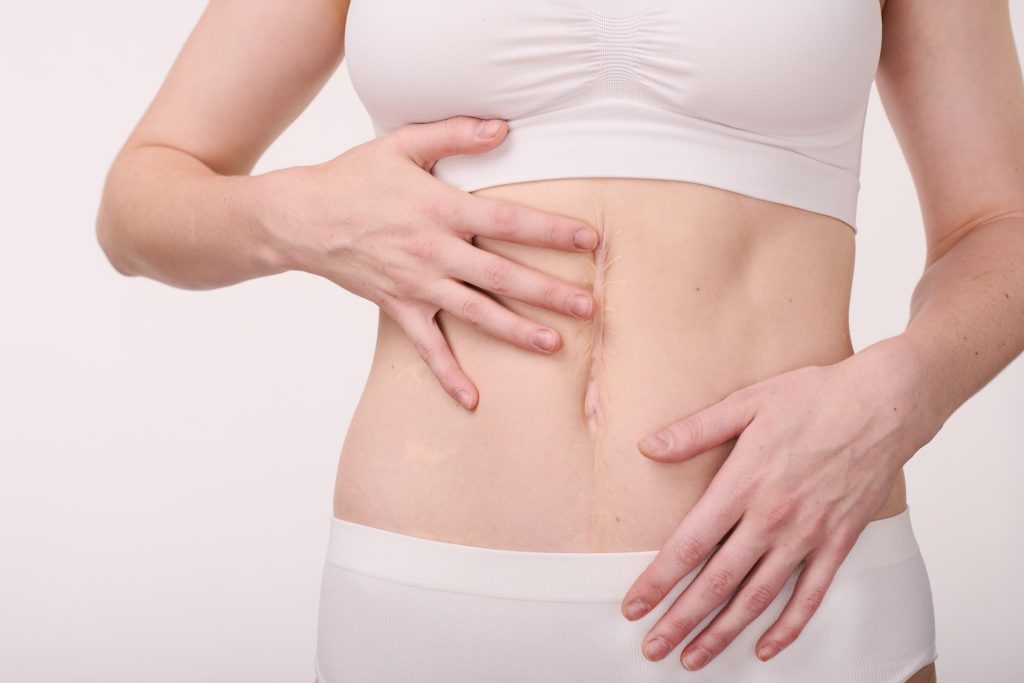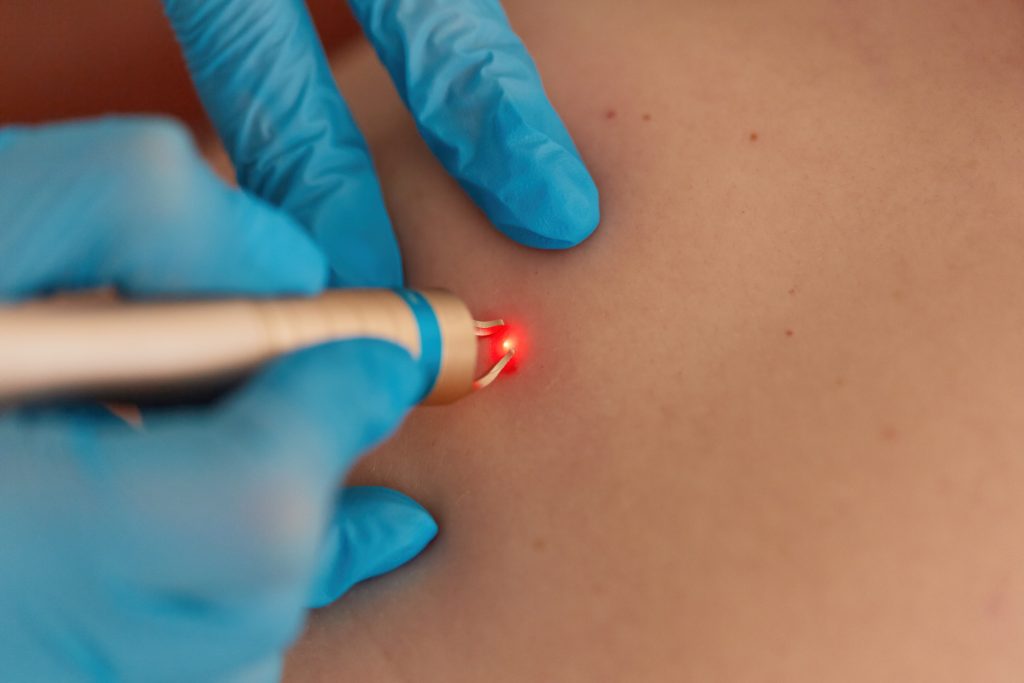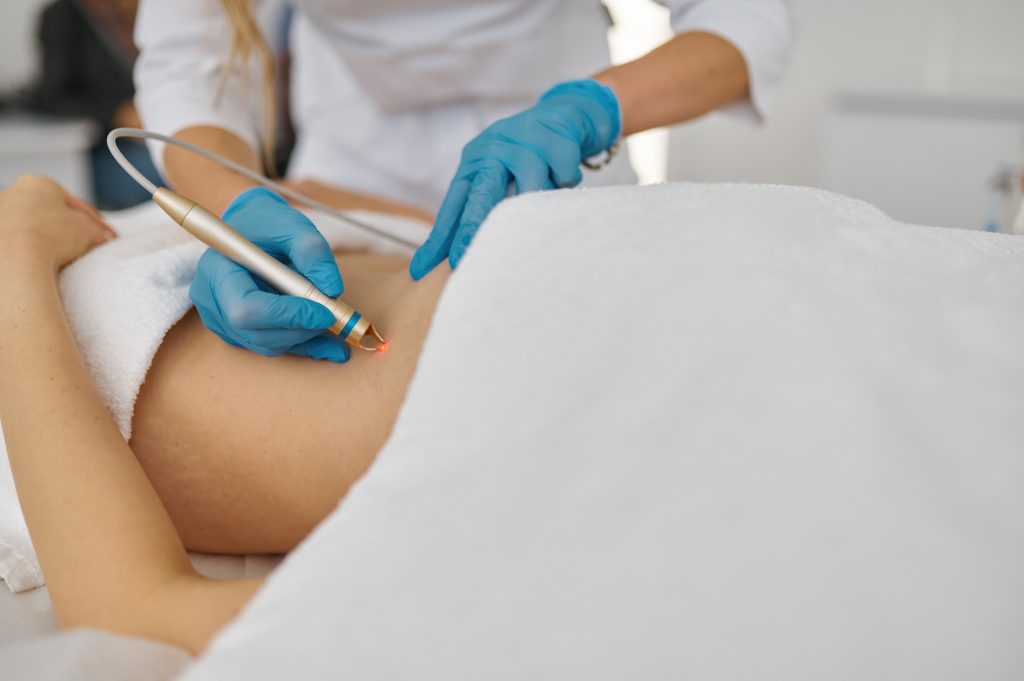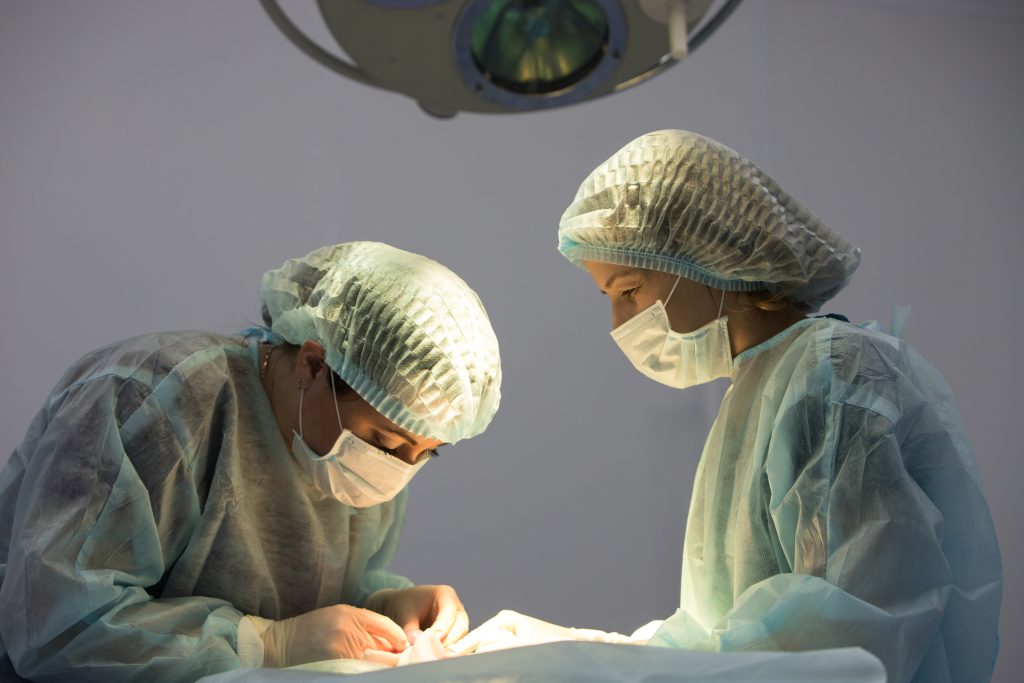Scar Revision
Scar revision refers to a procedure, whether cosmetic or medical, that aims to diminish the visibility or discomfort of a scar. There are different methods available for scar revision, including topical skincare treatments as well as surgical interventions.

What is scar revision?
Patients who have scars due to injury or surgery have the option of undergoing surgical scar revision. The extent of the scar will determine whether revising the scarred tissue can help improve both the appearance and functionality.
After the initial discussion, your surgeon will decide which procedure is most suitable for your needs. Some alternative choices may include the following:
- Injections of steroids are used to directly administer medication into the keloid scar tissue in order to reduce the symptoms of itching, redness, and burning. The injections may also be effective in reducing the overall size of the scar.
- Wearing silicone gel sheets continuously for 24 hours a day can assist in reducing the raised appearance of hypertrophic and keloid scars. These transparent sheets are applied directly onto the scar.
- Dermal fillers are effective in minimizing the visibility of scars that are located below the skin’s surface. They are most suitable for treating acne scars and pockmarks, which are indentations beneath the skin. Popular dermal fillers include Juvéderm®, Radiesse®, and Restylane®.
- To enhance the color of red scars, a vascular laser functions by reducing the size of the blood vessels that supply them. This procedure does not require anesthesia. Throughout the treatment, the sensation experienced is similar to the snapping of a rubber band on the skin.
- Pressure therapy is a treatment method that utilizes a pressure device worn over the keloid scar for a period of 4 to 6 months, both during the day and night.
Are there different types of scars?

In the realm of scars, they come in various forms. Some may appear thick and raised, known as hypertrophic scars, while others can be excessively large and lumpy, referred to as keloid scars. Additionally, scars can be flat, discolored, or even depressed, meaning they sink below the surface of your skin. In order to find the most suitable treatment for scar revision, it is crucial to consider the type, location, and cause of your scar.
Who qualifies as a suitable candidate for scar revision?
The process of scar revision is unique to each person, and should be done for personal reasons rather than to meet someone else’s expectations or conform to a specific standard of beauty.
Scar revision is available for individuals of all ages and can be a beneficial choice for you if:
- If there is a scar present on any part of your body, it is causing you discomfort or concern.
- You are physically healthy
- You do not smoke
- You approach scar revision surgery with optimism and practical expectations.
- There are no signs of current acne or other skin conditions in the specific area that will be treated.
How can I prepare for scar revision?

Receive guidance from your healthcare provider on the necessary preparations for scar revision. You might be required to:
- To facilitate the healing process of wounds, it is advisable to consume a nutrient-rich diet that consists of minerals and vitamins, specifically zinc, as well as vitamins A, C, and E.
- Cease smoking, as the utilization of tobacco can hinder the process of wound healing.
- Cease the consumption of anticoagulants, which are drugs used to prevent the formation of blood clots.
Special instructions may be necessary before scar revision for individuals with diabetes or those taking immunosuppressants. If you are undergoing scar revision and taking isotretinoin or other medications for severe acne, it may be necessary to postpone treatment. Your healthcare provider can provide further details on this matter.
How does surgery reduce the appearance of scars?

In certain cases, when significant and bothersome scars are causing discomfort or hindering mobility, surgical intervention becomes essential. In such situations, a medical professional will remove the scar by making an incision on the skin and subsequently suturing the wound to promote healing.
Scar revision surgeries such as Z-plasty and W-plasty are frequently performed. In these procedures, the surgeon alters the scarred skin by cutting it into a formation resembling a “Z” or “W,” enhancing the mobility of the skin in that specific area once it has fully healed.
If there is insufficient healthy skin to cover a wound, certain individuals may require skin grafts. In such cases, a surgeon may opt to use skin from a different part of the body. Grafting is a frequently used approach to address severe burn scars.
To aid in the healing process of a recent surgical wound and minimize the chances of further scarring, your medical professional may suggest administering injections or employing a topical scar treatment.
Recovery
Each patient experiences a unique recovery journey, and the process of healing unfolds in various stages.
After the surgery is done, you will be moved to a recovery section where you will be under constant observation. If you had a minor procedure, you can usually leave the hospital after a few hours. However, if you had a more complicated procedure like skin grafting or flap surgery, you might need to stay in the hospital for a short period of time.
After undergoing facial scar revision surgery, it is normal to feel somewhat uncomfortable. To alleviate this, your surgeon may provide pain medication to help you feel more at ease. Additionally, you may experience swelling, bruising, and redness after the surgery. Do not worry if your scar appears to worsen after the procedure. It may take up to a year for its appearance to improve.
What advantages does scar revision surgery offer?
The main advantages of undergoing scar revision surgery include:
- Enhance the look of unattractive scars.
- Boost confidence and self-esteem
- Remove difficult-to-cover-up scars
Scar revision is a procedure that can help hide noticeable scars, giving you a confidence boost if you feel insecure about any scarring. This surgical treatment can also alter the scar’s direction and align it with a more natural position.
Having Scar Revision in Turkey?
The patient must carefully search for an appropriate service provider, have information, and ask about the surgeon and his experience. And also, checking examples of his previous operations.
Accordingly, we encourage you to contact the Health & Beauty to obtain all information and details, and to ensure that you have your operation done by the hands of the most skilled doctors working in this specialty.
